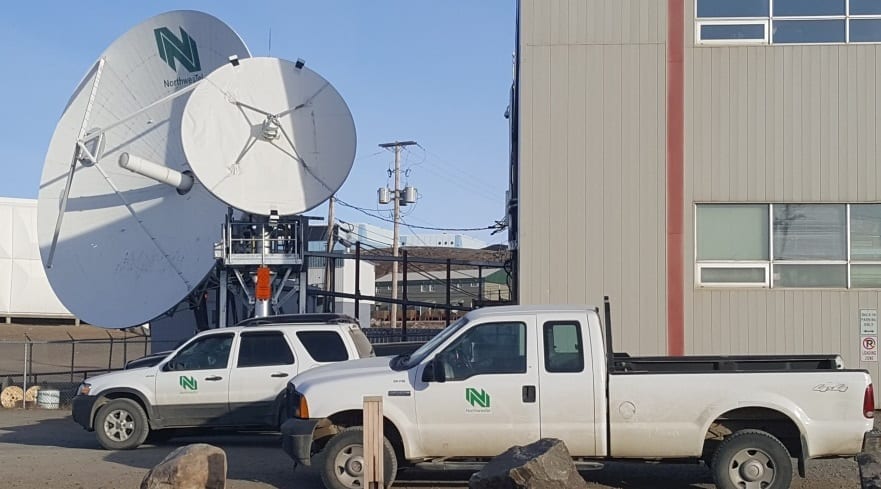Northwestel announced this week it has completed its work to make 15 megabits per second (Mbps) internet and LTE wireless service available to Nunavut's 25 communities.

NNSL file photo
"Northwestel is thrilled to announce that our Tamarmik Nunaliit network is fully connected and delivering high-speed internet across Nunavut," stated vice president of business markets Paul Gillard.
"This achievement in network technology will help bolster the quality of life for Nunavummiut through increased connectivity for schools and health centres, and enhanced access for residents and businesses."
The federal department of Innovation, Science and Economic Development (ISED) invested $49.9 million in September 2017 into a Northwestel-built backbone. The company, a direct subsidiary of Bell Canada, said at the time it would itself invest $73 million.
A backbone is the main network that carries all the information at high speeds, which in Nunavut is satellite-based rather than through fibre-optic cable.
At the time, Northwestel only serviced four Nunavut communities.
"Residents in Arviat, Cambridge Bay, Iqaluit and Rankin Inlet can order 15 Mbps internet service through Northwestel while those in all other Nunavut communities have access to fixed wireless Internet service through Bell. The high-speed Internet services from Northwestel and Bell are offered at the same price, offer speeds up to six times faster than what was previously available and include 100 gigabytes of data usage," according to the release.
Dean Proctor of Qiniq/SSi Micro told Nunavut News in 2017 that it was great news that backbone technology is being funded, as previously investments were only directed to "last mile" technology – which is the technology that gets internet to individual homes and offices.
Nunavut’s backbone was previously solely fed by Telesat Canada satellites Anik F2 and Anik F3. Qiniq, which already offered service to the territory’s 25 communities, have since added 4G-LTE capabilities. This was possible via $35 million from another federal program called Connecting Canadians, which SSi received in late 2015. SSi invested $75 million.
The new backbone is fed via Telesat's Ka-band high-throughput satellites, which provides up to 20 times more internet capacity than previously available, according to the Northwestel news release.
Part of the agreement with the federal government was that competing service providers, such as SSi, would have access to the new capacity.
"After nearly two years of talks with Northwestel, SSi has not been able to negotiate access to this government-subsidized capacity," stated SSi manager of communications David Veniot by email.
But Northwestel says that's not true.
"On the contrary, other service providers have 100 per cent access to the open-access Tamarmik Nunaliit broadband network in all 25 Nunavut communities. SSI Micro knows full well that as an established wholesale provider, Northwestel cannot legally disclose information related to third party network access discussions," stated the company's director of communications Andrew Anderson by email.
"That being said, I think the following facts speak for themselves. Tamarmik Nunaliit is an open-access network available to all Canadian carriers and ISPs. The rates and terms have been clearly established as part of our funding agreement with ISED. They are the same for everyone. Northwestel has provided detailed costing and engineering specifications to all interested third parties.
"The steps Northwestel has taken to market and enable access to the network have all been extensively documented and reported to ISED. If SSI Micro were to place an order today, we would get them on the network right away. We are eager to do so."
Meanwhile, Telesat has stated it plans on deploying its LEO (low earth orbit) constellation by 2021, with the aim of delivering fiber-like broadband services anywhere on Earth.